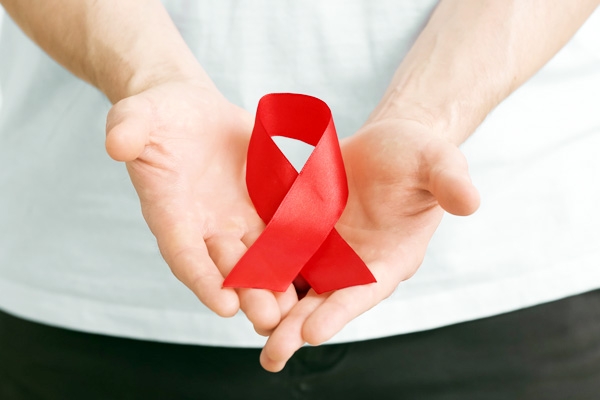
(Image source from: Canva.com)
Blood Cancer Awareness Month is a worldwide campaign aimed at increasing knowledge about blood cancer, which is one of the most prevalent types of cancer. Blood cancer is a broad term that includes cancers that arise from blood-producing tissues or the immune system. There are three major categories of blood cancers that are well recognized: leukemia (cancers that affect blood-forming bone marrow), lymphomas (cancers related to the lymphatic or immune system), and multiple myeloma (a cancer affecting plasma cells). Similar to other conditions, certain elements can elevate one’s chance of developing blood cancer. Generally, for most individuals, the likelihood of blood cancer comes from a combination of genetic mutations in blood or marrow cells along with environmental influences or personal factors that can heighten the risk. Some individuals inherit uncommon mutations that make them more vulnerable, but most mutations occur gradually over time. Continue reading as we present a list of elements that may help you identify whether you might be at risk for blood cancer.
Elements that could increase your risk of blood cancer:
Older age: The majority of blood cancer cases are seen in older individuals. Blood cancers like multiple myeloma and various types of leukemia significantly increase with age; studies show the highest rates in people aged 60 to 70 years.
Previous cancer treatments: According to NCBI, treatments for past cancers are recognized as a source of therapy-related leukemias and other blood-related cancers.
Exposure to chemicals: Working with benzene is one of the most notable environmental risk factors for acute myeloid leukemia (AML); certain herbicides and insecticides have also been linked to lymphoma and leukemia in research studies.
Family history: Although most cases are not passed down, families with a history of blood cancer or known genes that increase cancer risk may have a notably higher chance.
Health conditions: Individuals with metabolic issues or obesity might face a greater risk of developing myeloma. The strongest evidence suggests that multiple myeloma is associated with higher body weight. Metabolic health may also have a small influence on the risk of other blood-related cancers.
Gender: Biological sex may affect the chance of getting blood cancer since males tend to have a slightly higher rate of many blood cancers. These trends likely result from a combination of genetics, environmental factors, and access to healthcare.
What is the main point to remember? While some factors cannot be changed, the ones that can significantly help in lowering risk. Actions like avoiding smoking, reducing unnecessary radiation exposure, and maintaining a healthy weight are just some of the steps you can take now to decrease your risk.












